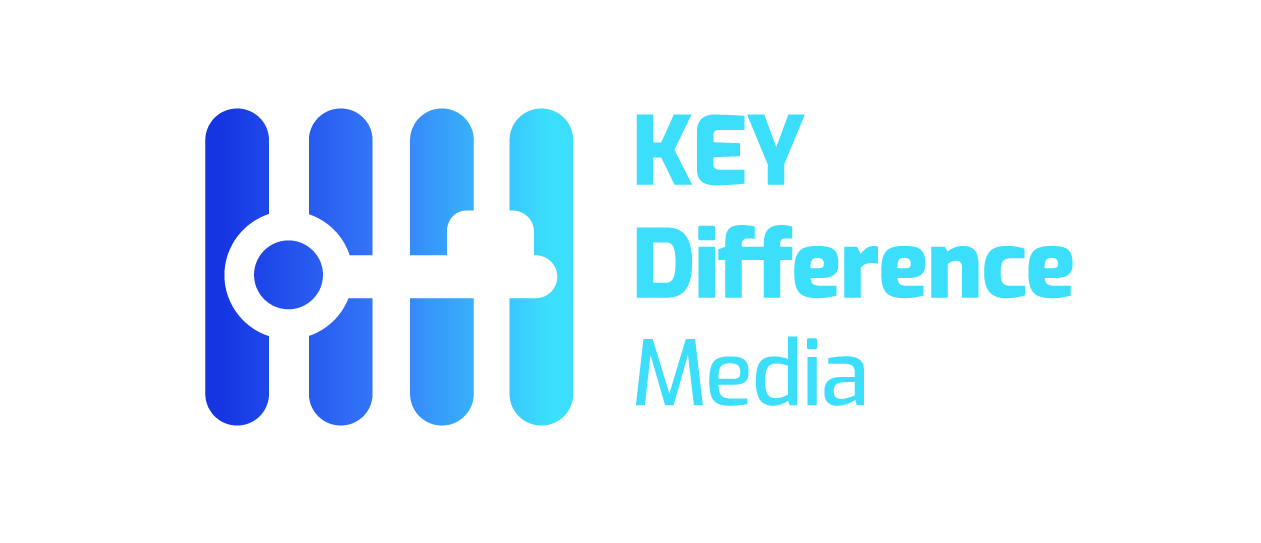IBM Watsonx helps developers focus on innovation

In the realm of software development, efficiency and innovation are of utmost importance. Generative AI is poised to transform every stage of the software development life cycle (SDLC) as companies strive to deliver cutting-edge solutions at unprecedented speeds.
A McKinsey study found that software developers can complete coding tasks up to two times faster using generative AI. From creating use cases to creating test scripts, generative AI provides a streamlined approach that accelerates development while maintaining quality. This groundbreaking technology is revolutionizing software development and delivering real benefits to businesses and enterprises.
Bottlenecks in the Software Development Lifecycle
Traditionally, software development involves a series of time-consuming and resource-intensive tasks. For example, creating a use case requires careful planning and documentation, often involving multiple stakeholders and iterations. Designing a data model and creating an entity-relationship diagram (ERD) requires significant effort and expertise. Additionally, technical functional consultants should be brought on board with expertise to translate business requirements (e.g., converting use cases into process interactions in the form of sequence diagrams).
Once the architecture is defined, translating it into backend Java Spring Boot code adds another layer of complexity. Developers must write and debug code, a process that is prone to errors and delays. Creating a front-end UI mockup requires extensive design work and often requires specialized skills and tools.
Additional testing further complicated these issues. Manually writing test cases and scripts is laborious, and maintaining test coverage in an evolving codebase is an ongoing challenge. This can result in longer software development cycles, delayed time to market, and increased costs.
In summary, traditional SDLCs can be full of inefficiencies. Here are some common problems:
- Time-consuming tasks: Creating use cases, data models, entity-relationship diagrams (ERDs), sequence diagrams, and test scenarios, as well as test case creation, often require repetitive manual tasks.
- Inconsistent documentation: Documentation can be scattered and outdated, leading to confusion and rework.
- Limited developer resources: Highly skilled developers are in high demand, and repetitive tasks can drain their time and focus.
A new approach: IBM watsonx to the rescue
Tata Consultancy Services worked with IBM® to develop a perspective that integrates IBM watsonx™. It automates many tedious tasks and frees developers to focus on innovation. Features include:
- Create a use case: Users can describe the desired functionality in natural language, and Watsonx will then analyze the input and draft a comprehensive use case, saving valuable time.
- Create a data model: Based on use cases and user stories, watsonx can create a powerful data model that represents the data structure of your software.
- ERD generation: Data models can be automatically converted into visual ERDs to provide a clear picture of the relationships between entities.
- Create DDL script: Once the ERD is defined, watsonx can generate a DDL script to create the database.
- Create a sequence diagram: watsonx automatically creates visual representations of process interactions in use cases and data models, providing a clear understanding of business processes.
- Backend code generation: watsonx can transform data models and use cases into functional backend code like Java Springboot. This doesn’t eliminate developers, but allows them to focus on complex logic and optimization.
- Create front-end UI mockup: watsonx can create a model of the software user interface (UI) by analyzing user stories and data models. These mockups help you visualize your application and gather initial feedback.
- Create test cases and scripts: watsonx can improve software quality by analyzing code and use cases to create automated test cases and scripts.
Efficiency, speed and cost savings
All of these watsonx automations provide you with the following benefits:
- Increase developer productivity: By automating repetitive tasks, watsonx frees up developers’ time to focus on creative problem solving and innovation.
- Shorten time to market: Streamlined processes and automated tasks help companies get software to market faster and take advantage of new opportunities.
- cut down the money: Reduced manual work reduces development costs. Additionally, discovering bugs early with watsonx-based testing saves time and resources.
Embracing the future of software development
TCS and IBM believe that generative AI exists to empower developers, not replace them. By automating routine tasks and generating artifacts across SDLC, watsonx paves the way for faster, more efficient, and more cost-effective software development. Embracing a platform like IBM WatsonX is not simply about adopting a new technology; it is about unlocking the full potential of efficient software development in the digital age.
Learn more about the TCS – IBM partnership
Was this article helpful?
yesno



